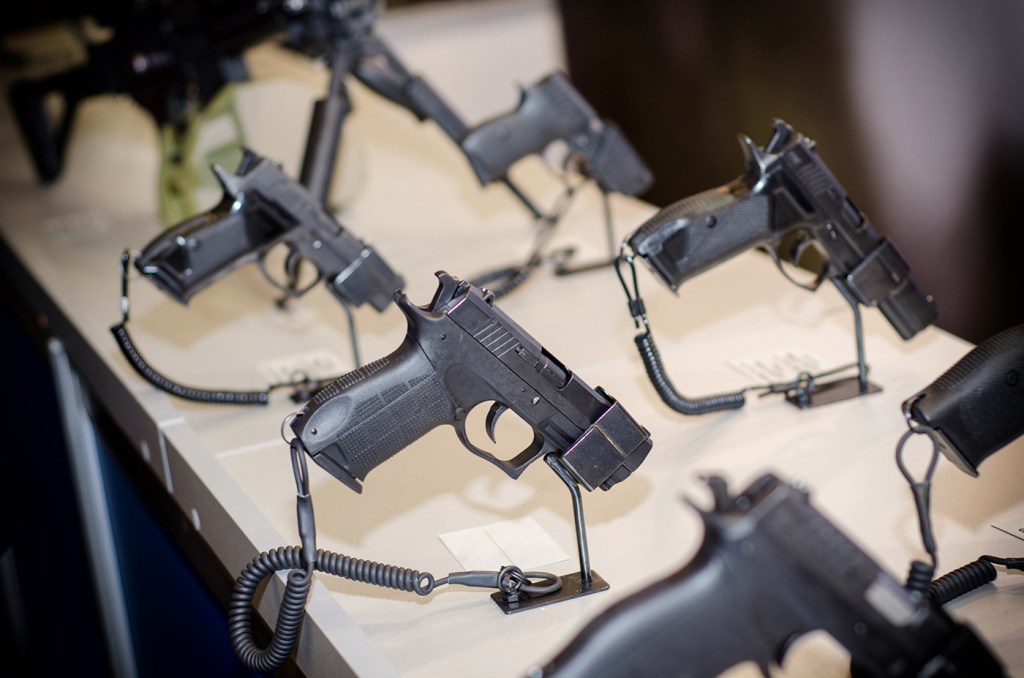Northeastern University researcher Matthew Miller says that storing your gun more safely can save lives

A modest increase in the number of people who store firearms in their homes safely could help to save the lives of hundreds of children each year, according to a new study conducted by Northeastern researcher Matthew Miller.

Matthew Miller. Photo by Matthew Modoono/Northeastern University
The study, published Monday in the Journal of the American Medical Association Pediatrics, revealed that gun deaths among young people could be decreased by up to 32 percent if just 20 percent more gun owners locked up their firearms.
“Most of those lives saved would come from reduced suicides due to guns; some would come from reduced deaths due to firearm accidents,” says Miller, a professor of health sciences and epidemiology who co-authored the study with two colleagues from Harvard.
Injuries from guns is a leading cause of death among children and young adults in America. In 2015, nearly 3,000 people under the age of 20 died by gunfire, either accidentally or by suicide, while 14, 000 young people were treated for injuries, says Miller. In nine out of 10 cases of suicide, the gun used by the young person was from his or her own home.
For the study, Miller and his colleagues analyzed existing empirical evidence that linked firearm storage to mortality rates among children who live in homes with guns.
Roughly 13 million children in the United States live in homes with at least one firearm, says Miller, who co-directs the Harvard Injury Control Research Center and serves as an adjunct professor of epidemiology at the Harvard School of Public Health. Although the American Academy of Pediatrics recommends guns be locked, unloaded, stored separately from ammunition, and inaccessible to children, he says that roughly half of those households leave their guns unlocked.
“Even if 20 percent of parents improve their storage practices you could save hundreds of lives a year,” says Miller. “What we don’t know,” he adds, “and what needs to be pursued seriously and carefully, is how to appeal to parents’ desire to protect their children in a way that gets them to store guns more safely.”
For media inquiries, please contact media@northeastern.edu.





